Focus A.D.H.D – Tinture Bundle
Build-a-Formula!
This is a HomeGrown Herbalist Composite Formula, giving you the chance to customize the parts to your preferences. Select what you want, and we’ll ship those tinctures to you!
The chaos and hyperactivity of our modern world can cause a deficit in the attention we’re able to pay to any one thing. The HomeGrown Herbalist Focus (Awareness – Defense – Herbal – Delight) Tincture supports normal, calm, clear mental focus.
Ingredients: Panax Ginseng, Oat Straw ,Ginkgo
Suggested Recipe of Formula is:
2 Part Panax Ginseng
2 Part Oat Straw
1 Part Ginkgo
Suggested Total Serving Size is:
1/4 to 1 teaspoons 2-3 times daily
None of these items or statements are approved by FDA. Consult your physician before taking any supplement. Do not take herbs or tinctures during pregnancy without consulting your healthcare provider.
1 review for Focus A.D.H.D – Tinture Bundle
Only logged in customers who have purchased this product may leave a review.
King's American Dispensatory By Harvey Wickes Felter and John Uri Lloyd 1898 - Panax Ginseng
Botanical name: Panax ginsengPanax quinquefolius Fig. 189. Aralia quinquefolia.The root of Aralia quinquefolia, Decaisne and Planchon (Panax quinquefolium, Linné; Ginseng quinquefolia, Wood). Nat. Ord.—Araliaceae. COMMON NAME: Ginseng. ILLUSTRATION: Johnson, Med. Bot. of N. A., Fig. 132. Botanical Source.—Ginseng has a perennial, fusiform, whitish, thick, and fleshy root, transversely wrinkled, and terminating in fibers; its upper portion slender and marked with the scars of the former shoots. The stem is round, smooth, green, often with a tinge of red, about 1 foot high, regularly divided at top into 3 petioles, with a flower-stalk in their center. The petiole is round, smooth, and swelling at the base. Leaves 3, ternate, quinate, or septentate. Leaflets pedicellate, obovate, sharply serrate, acuminate, smooth on both sides, with scattered bristles on the veins above. Flowers small, greenish, in a simple umbel, supported by a round, slender peduncle, which rises from the top of the stem, in the center of the petioles. The involucre is composed of a multitude of short, subulate bracts, interspersed among the flower-stalks, which are so short as to give the appearance of a head rather than an umbel. Calyx with 5 small, acute teeth. Petals 6, oval, reflexed, and deciduous. Stamens 5, with oblong anthers. Styles 2, reflexed and persistent. Ovary large, inferior, ovate-cordate, and compressed. The berries are kidney-shaped, retuse at both ends, compressed, of a bright-scarlet color, crowned with a calyx and styles, and contain 2 and sometimes 3 semicircular seeds. The outermost florets ripen first, and their berries often obtain their full size before the central ones are expanded; the central florets are frequently abortive (L.—W.). History and Description.—Ginseng is a native of most of the middle and northern states, and extends on the mountains far south, growing in rich soil and in shaded situations, and flowering in July. C. S. Rafinesque (Med. Flora of the U. S., Vol. II, 1830, p. 53) states that the Jesuits, knowing the plant from their sojourns in Tartary, found it afterward, toward 1718, in Canada, and instituted the trade in this root with China. The root is somewhat fusiform, 2 or 3 inches in length, and about ½ an inch in diameter, and sends off a few delicate fibers. When dried, it consists of a soft, yellowish-white, corrugated bark, inclosing a central, woody substance. It has a faint smell, and its taste is sweetish, somewhat bitter, mucilaginous, and feebly aromatic. Water or alcohol takes up its properties. Large quantities of it are now gathered and sent to China, where it commands an enormous price, as the Chinese ascribe wonderful medicinal virtues to it. The American drug is cheapest (about $1.86 per pound), next ranks Corea ginseng ($16.50 per pound), and highest in price is the genuine Chinese ginseng. The latter is seldom found in the stores, and the finest qualities command the price of from $60 to $100 for a weight of about 580 grains. In Corea, the cultivation and trade in ginseng is a government monopoly (Amer. Jour. Pharm., 1887, p. 597; 1897, p. 551, and 1898, p. 251). Ginseng is also grown in Japan, but is considered inferior to Corea ginseng. The genuine Chinese ginseng is the root of Aralia Ginseng, A. Meyer (Panax Ginseng, Nees), an east Asia plant. Altogether, 5 commercial grades of ginseng are distinguished in China. It is often adulterated by mixing it with the root of some species of Convolvulus and other roots. (On the cultivation of ginseng in America, see Amer. Jour. Pharm., 1891, p. 411.) Ginseng is becoming very scarce and, unless a method of cultivation becomes practical, bids fair to be exterminated. The price now is from $4.00 to $7.50 per pound and advancing. Chemical Composition.—Rafinesque (loc. cit.) states that the roots have a pleasant, camphorated smell, and that they owe their active properties to a peculiar substance similar to camphor, which he calls panacine—white, pungent, soluble in alcohol and water, more fixed than camphor. The roots also contain a volatile oil, sugar, mucilage, resin, etc. S. S. Garrigues (Amer. Jour. Pharm., 1854, p. 511) obtained from an aqueous infusion a sweetish-bitter, amorphous yellow principle, which he calls panaquilon. It is soluble in ether and alcohol, insoluble in water. Concentrated sulphuric acid dissolves it with purple-red color. If the solution is poured into water, a white precipitate (panacon) results (see Davydow, Amer. Jour. Pharm., 1890, p. 338). Action, Medical Uses, and Dosage.—A mild tonic and stimulant. Useful in loss of appetite, slight nervous debility, and weak stomach. Continued for some length of time, for its temporary administration gives but little benefit, it is a very important remedy in nervous dyspepsia, and in mental exhaustion from overwork. It gives fairly good results in nervous prostration, and in cerebral anemia. By some, it is considered useful in asthma, gravel, convulsions, paralysis, to invigorate the virile powers, etc. It gives fairly good results in atonic laryngitis, bronchitis, and some relief in phthisis, being a secondary remedy for these complaints. Dose, of the powder, from 10 to 60 grains; of the infusion, from 2 to 4 fluid ounces; specific panax, 5 to 60 drops. Specific Indications and Uses.—Nervous dyspepsia; mental and other forms of nervous exhaustion from overwork.
Sturtevant's Edible Plants of the World, 1919, was edited by U. P. Hedrick. - Gingko
aloba Ginkgo biloba Linn. Coniferae. Ginko. Maiden-Hair Tree. China and Japan. The fruit of the ginko is sold in the markets in all Chinese towns and is not unlike dried almonds, only whiter, fuller and more round. The natives seem very fond of it, although it is rarely eaten by Europeans. In Japan, the seeds furnish an oil used for eating and burning. The fruit of the maiden-hair tree is called in China pa-kwo. The Chinese consume the nuts of this tree at weddings, the shells being dyed red; they have a fishy taste. This tree is largely cultivated as an ornamental in Europe, Asia and North America.
The Elements of Materia Medica and Therapeutics, Vol. II, 3th American ed., was written by Jonathan Pereira in 1854 - Oat Straw
History.—The oat is not mentioned in the Old Testament; but it is noticed by the ancient Greek [Hippocrates De victus ratione, lib. ii. sect. lv. p. 356, ed. Foes.; Theophrastus, Hist. Plant. lib. viii. cap. 9; Dioscorides, lib. li. cap. 116, and lib. lv. cap. 140; Galen, De Alisn. Facult. lib. i. cap. 13, p. 322, tom. vi.—Fraas (Synops. Plant. Florae Classicae, p. 303, 1845) considers that the term βρόμος includes both Avena sativa and A. fatua, Linn.] and Roman [Pliny, Hist. Nat. lib. xviii. cap. 44.] writers, the former of whom called it βρόμος, the latter avena. Botany. Gen. Char.— Spikelets three, many-flowered; flowers remote; the upper one withered. Glumes two, thin, membranous, awnless. Paleae two, herbaceous; the lower one awned on the back, above the base, at the point almost bicuspidate; the upper one bicarinate, awnless; awn twisted. Stamina three. Ovarium somewhat pyriform, hairy at the point. Stigmata two, sessile, distant, villoso-plumose; with simple hairs. Scales two, smooth, usually two-cleft, large. Caryopsis long, slightly terete, internally marked by a longitudinal furrow, hairy at the point, covered by the paleae, adherent to the upper one (?) (Kunth). Sp. Char.—Panicle equal. Spikelets two-flowered. Florets smaller than the calyx, naked at the base, alternately awned. Root fibrous, annual (Kunth). Hab.—Cultivated in Europe. A considerable number of varieties [For an account of the different sorts of cultivated oats, see The Agriculturist's Manual, by Peter Lawson and Son, 1836; and Supplement, 1842. Also, Loudon's Encyclopedia of Agriculture.] of this species are cultivated; these may be arranged under the two heads of white oats and the red, dun, or black oats. The white oats have the paleae of a whitish or straw colour. To this division belong the potato oat, the Georgian oat, the Poland oat, and the Friezland or Dutch oat. The red, dun, or black oats, are so called on account of their colour. Besides the Avena sativa, several other species of Avena are cultivated as oats. The following are the chief:— Avena orientalis, Kunth.—Tartarian, Hungarian, or one-seeded oat. Cultivated in Europe. Avena brevis, Kunth.—Short oat. Germany, Austria, and Hungary. Cultivated in France and Spain. Avena nuda, Kunth.—Naked oat. Cultivated in Europe. Description.—Oats (caryopsides vel semina avenae cruda) are too well known to need description. As found in commerce, they are usually enclosed in the paleae or husk. When deprived of their integuments, they are called groats (semina integumentis nudata, L.; avena excorticata seu grutum): these, when crushed, are denominated Embden groats. Oatmeal (farina ex seminibus, D.) is prepared by grinding the grains. It is not so white as wheaten flour, and has a somewhat bitterish taste. Physiological Effects.—Oatmeal is an important and valuable article of food. With the exception of maize or Indian corn, it is richer in oily or fatty matter than any other of the cultivated cereal grains; and its proportion of protein compounds exceeds that of the finest English wheaten flour. So that both with respect to its heat- and fat-making, and its flesh-and blood-making principles, it holds a high rank. A diet of unfermented oat-bread is apt to occasion dyspepsia in those unaccustomed to its use; and it was formerly suspected of producing or aggravating chronic skin diseases, but without just grounds. Oatmeal porridge, taken at breakfast, sometimes relieves habitual constipation. Intestinal concretions, composed of phosphate of lime, agglutinating animal matter, and the small, stiff, silky bristles seen at one end of the inner integument of the oat, are sometimes formed in those who habitually employ oats as food: forty-one specimens, collected by Dr. Monro secundus, are still in the Anatomical Museum of the University of Edinburgh. These formations are now comparatively rare, probably because the oats are more perfectly deprived of their investing membranes before being ground (Christison). Uses.—The oat is employed dietetically and medicinally. As a dietetical agent, it is employed in the form of oat-cake or unfermented oatbread, oatmeal porridge or stir-about, and gruel. The latter is sometimes given to infants as a substitute for the mother's milk. When there is a tendency to diarrhoea, either in adults or infants, it is advisable to substitute wheatmeal for oatmeal. In medicine we employ gruel, prepared from groats or oatmeal, as a mild, nutritious, and, in most cases, easily-digested article of food in fevers and inflammatory affections. It is also in general use after parturition; and is the basis of caudle. In poisoning by acrid substances, it is employed as an emollient and demulcent. It is given, after the use of purgatives, to render them more efficient and less in jurious. It is frequently used, either alone or in conjunction with other agents, as a clyster. Oatmeal is used for making poultices. Oats are also employed by distillers for the production of spirit (see Alcohol). DECOCTUM AVENAE; Oatmeal Gruel; Water Gruel.—This is usually prepared by boiling oatmeal or groats in water for about half an hour, and then straining. Dr. Cullen [Treatise of the Materia Medica, p. 280.] directs it to be prepared by boiling an ounce of oatmeal with three quarts of water to a quart, constantly stirring; strain, and when cold decant the clear liquid from the sediment. Sugar, acids, or aromatics may be employed for flavouring.
The HomeGrown Approach - What Makes us Different?
Many of our Herbal Products are created with herbs that are grown right here! Of course there are many plants that are outside the scope of our ability to grow in Idaho, due to either climate or quantity requirements. So when we need to supplement our growing efforts, we purchase only the finest product from quality, growers that we trust! All of our Single Herb Tinctures are made right here at our own facility with a single plant.
Our plants are grown, weeded, harvested and processed by caring herbalists filled with healing intent, not by machines. HomeGrown plant harvesting is timed for maximum potency...not the day the combine is scheduled. - Only the most medicinal portions of the HomeGrown plants are utilized for medicine making. - No pesticides, herbicides or artificial fertilizers of any kind are used in our herb gardens. HomeGrown wildcrafted herbs are ethically collected and identified by experienced herbalists, not minimum-wage, apathetic employees.
Yeah, we might be crazy to go to all the trouble when we could import material from Bulgaria for a tenth of the price, but we have experienced the difference in the quality of the end product. We are confident that when you use our HomeGrown herbals, you WILL see what all the fuss was about!



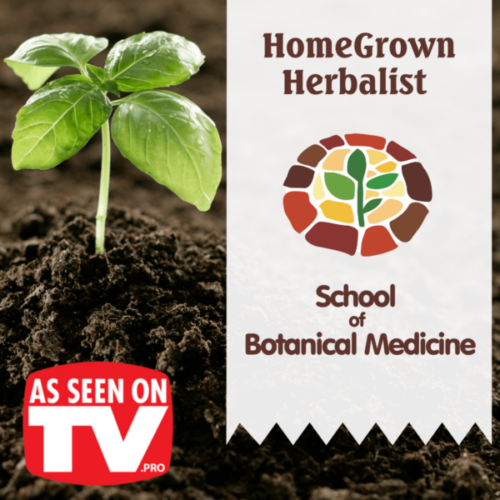
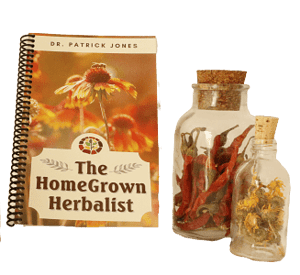

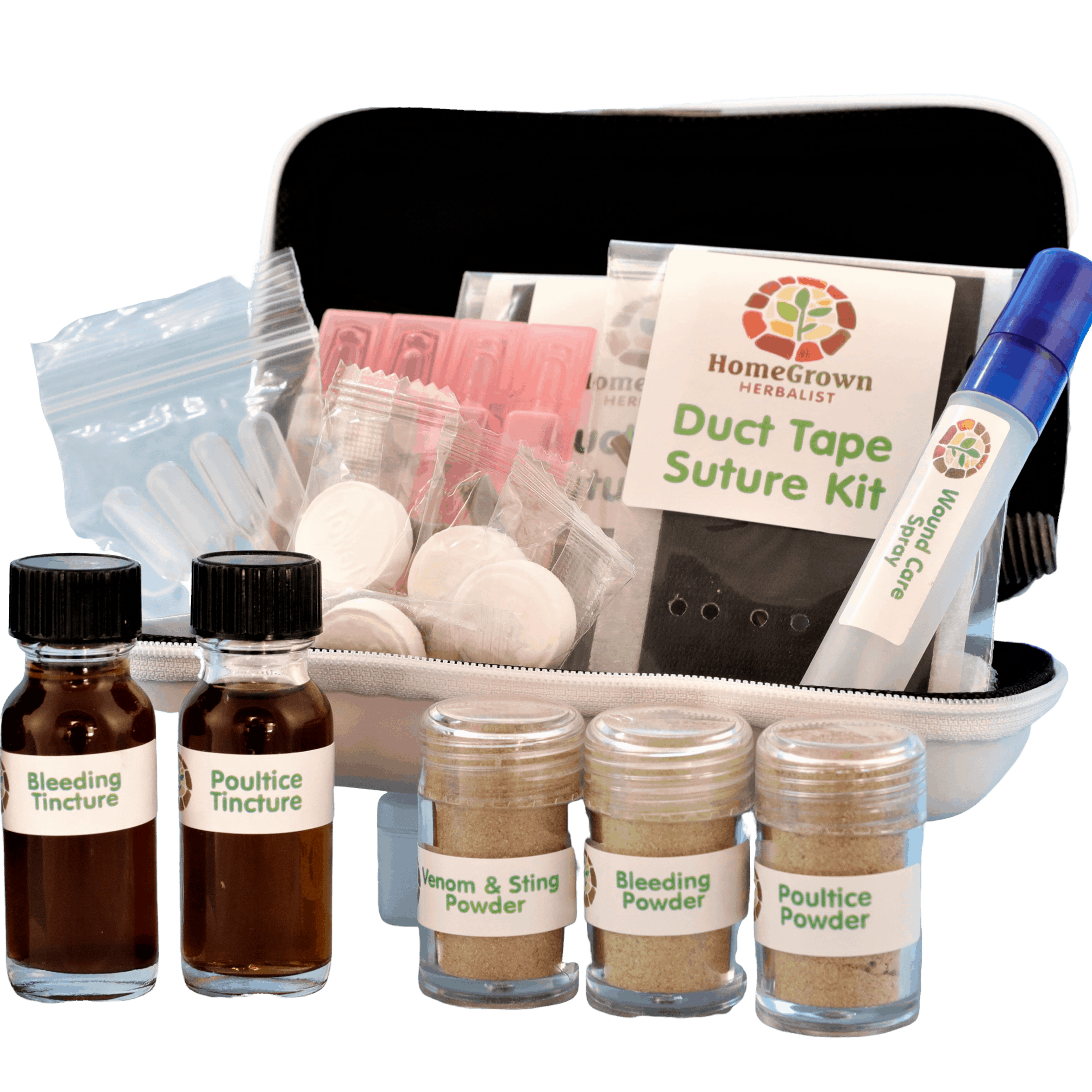
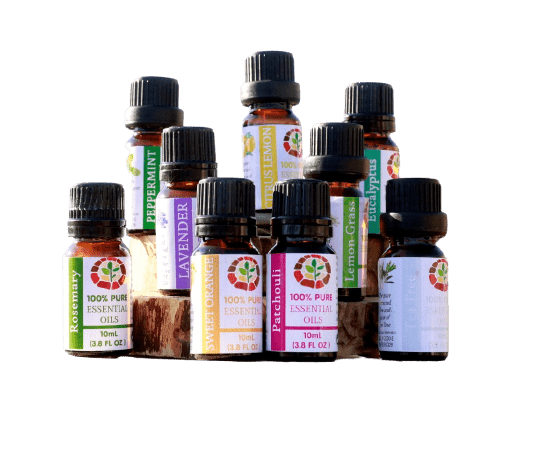
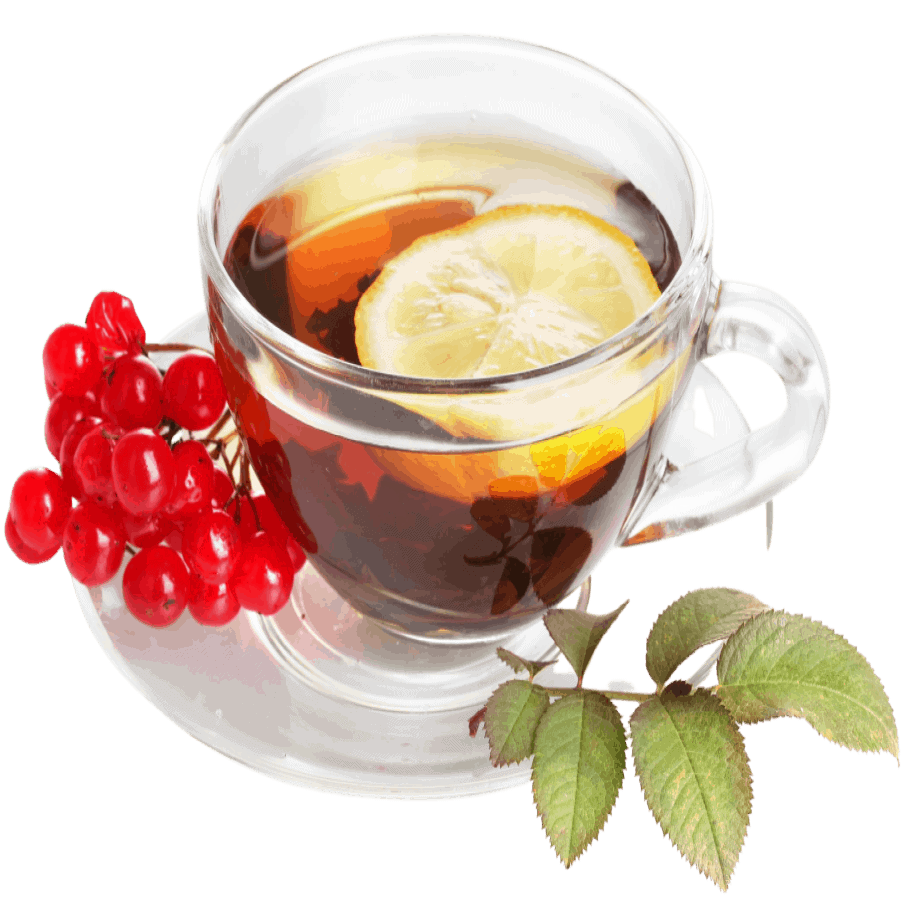
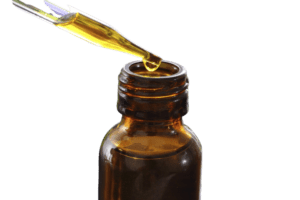
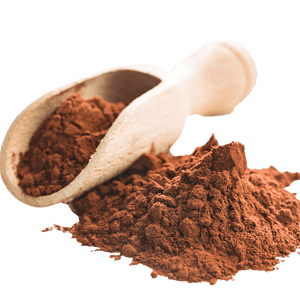
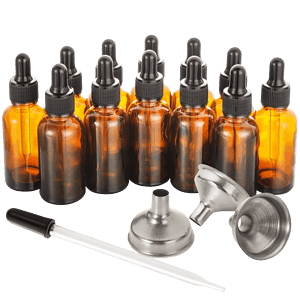


Jean Harmon (verified owner) –
Yay! This is similar to the “General Stress” tincture. So, I know it will work out.